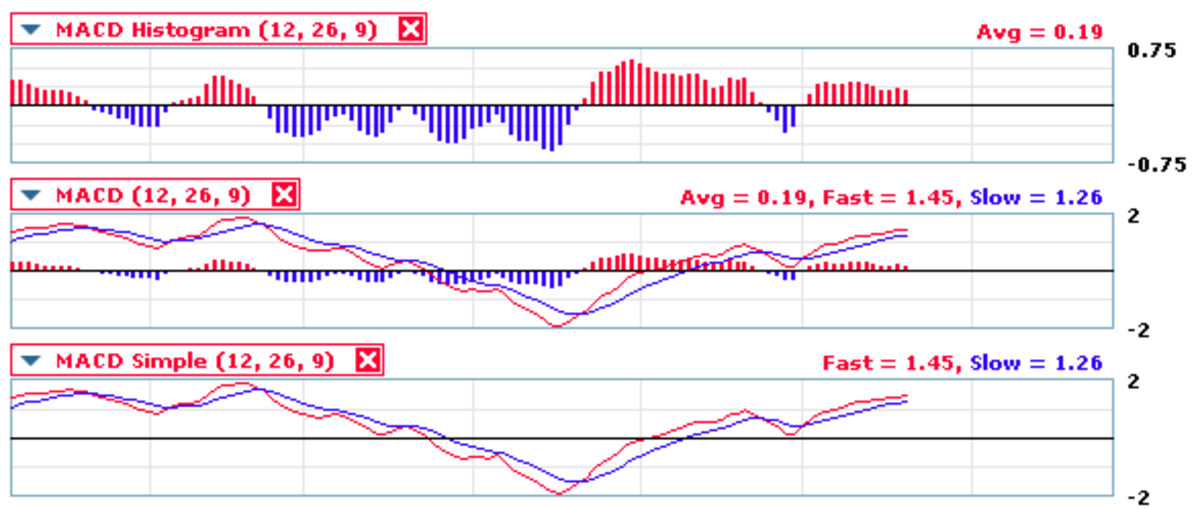Dow Jones and the start of technical analysis
Charles Dow – the Start of Technical Analysis?
The Dow Jones may be the best known and most widely referred to financial index in the world. More fully called the Dow Jones Industrial Average, and sometimes referred to as just DJIA, this is an index composed of the values of thirty of the largest and most representative stocks in the US stock market, and is taken as an indication of the health of the overall US economy.The index is published by Dow Jones & Company, which is the publisher of The Wall Street Journal. The company was founded in 1882, by Charles Dow and Edward Jones, and started as a small newsletter distributor. The Wall Street Journal, as such, was first published July 8, 1889. In 1884, Charles Dow invented the Dow Jones Average, which included nine railroad shares in its selection of eleven stocks. This idea was expanded in 1896 to become the Dow Jones Industrial Average, with an initial twelve stocks, although at this stage the transportation and utility shares were spun off into their own indices. The interrelationship between the industrials and the transportation sectors fascinated Charles Dow, who wrote many editorials on this topic in the Journal, before his early demise in 1902. These editorials led to the “Dow Theory”, which was probably not known as such until after his death. This has been held to be a predictive hypothesis by its proponents.What is known is that Mr. Dow closely watched the interaction between the industrials and transportation, in particular. As with many theories, this has a sound basis in that, as industrial stocks rise, ideally indicating an increase in industrial production, then transportation should also increase, as the goods need to be moved to the consumer. This has been summarized as “One makes, and the other takes”. Therefore the indices moving in concert give an indication of a real increase in the economy. Whenever the indices move differently, then it is a warning that all may not be stable as it seems.Charles Dow actually had an elementary grasp of what we now know as technical analysis, and had further assertions to make about the performance of stocks and shares. For instance, he appreciated that share prices tended to move in trends for much of the time, and explained the patterns that defined the trends. He also noted the presence of secondary trends, which counter the primary direction of movement (we now call these retracements) and that trends would continue until stopped by a major force or change. One free online resource that gives more details about technical analysis is Insight Support, at www.insightsupport.com . The Dow Jones Industrial Average has always been maintained by the editors of The Wall Street Journal, who substitute different companies in the index when they believe that is necessary for a more accurate reflection of the current economy. From its start with 12 companies, it increased the components to use 20 share prices in 1916, and 30 in 1928, which it still has today. The component shares have been changed in that time, even though the editors do not make frequent alterations, as the index is not a “hot stock” index, but designed to be a stable reflection of the economy. In fact, there is just one company that is in the index today that was included in the original twelve, and that is the bellwether stock of General Electric.For most of its life, the Dow Jones Industrial Average has been composed of shares that were traded on the New York Stock Exchange. However, in 1999 there was a break from this tradition, and the index took in two stocks from the NASDAQ list, IBM and Intel, to reflect the increasing effect of technology in our society.You may be wondering how stocks are substituted without affecting the index as a whole. The answer is that there are weighting factors applied to the prices to ensure compatible values. These factors also have to be changed from time-to-time as there are stock splits or other forced revaluations of the constituent shares. There is some controversy over the method that the DJIA uses to weight the shares in the index, as it is price based, and does not take market capitalization into account, which basically means that larger companies may not have as significant effect as you might think; but the index stands up to comparison with other indicators of the economy, such as the S&P 500, which combines the values of 500 shares, so arguably the system of only tracking 30 top blue chip stocks and weighting them in this way is not so misleading.




